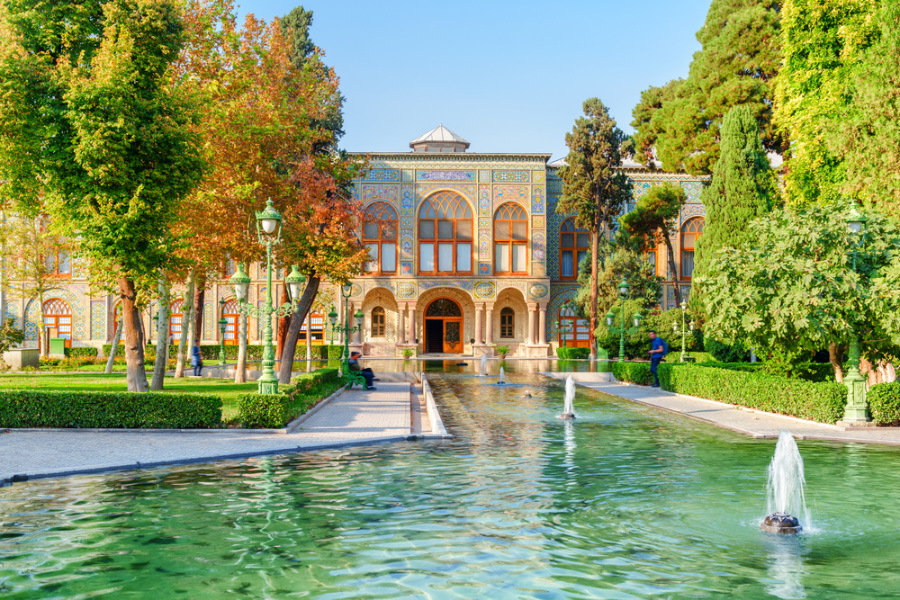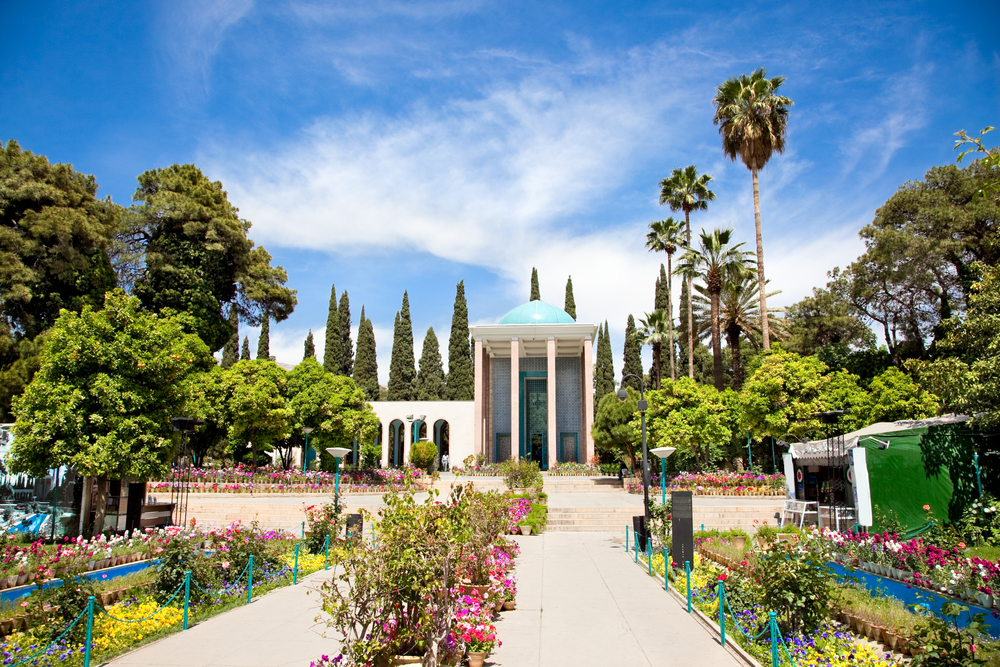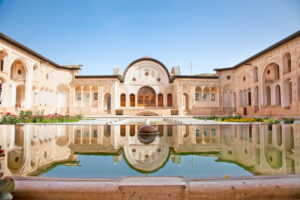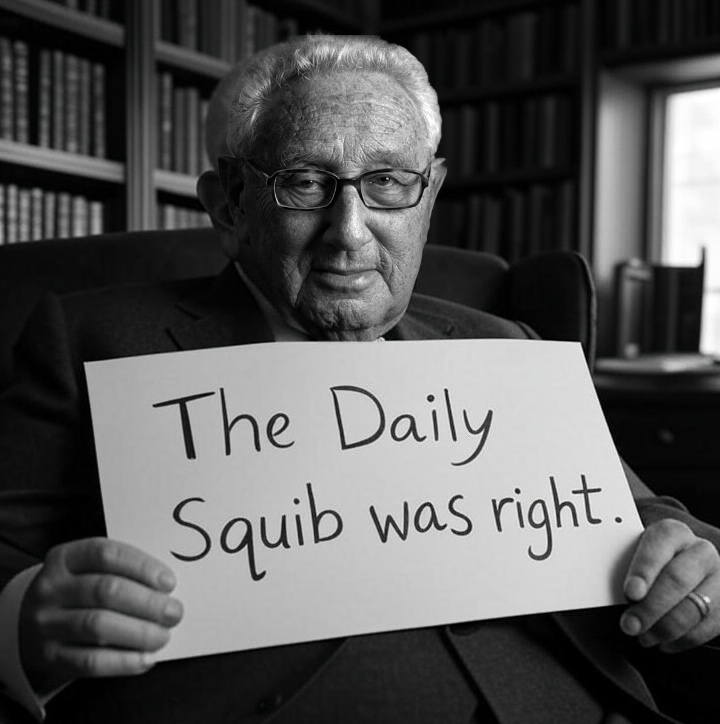Once the cradle of civilisation, Persia—modern-day Iran—has long been a land renowned for its reverence for beauty, poetry, and wisdom. The legacy of the Persian Empire stretches back over 2,500 years, encompassing a rich tradition of literature, architecture, and humanistic thought. From the elegance of Persian gardens—designed to mirror paradise—to the intricate verses of poets like Hafez, Rumi, and Omar Khayyam, the culture of Iran was shaped by an aesthetic and philosophical devotion to harmony, intellect, and love.
Grief can be the garden of compassion. If you keep your heart open through everything, your pain can become your greatest ally in your life’s search for love and wisdom.
Rumi
In the Islamic Golden Age (8th to the 13th century), Persian scholars such as Avicenna (Ibn Sina) and al-Khwarizmi made revolutionary advances in medicine, mathematics, and astronomy.

Cities like Isfahan, with its domes and blue-tiled mosques, were global centres of learning and architectural splendour.
The Persian language itself became synonymous with refinement and courtly grace across Central and South Asia.
But the Iran of today bears little resemblance to this heritage.
Since the 1979 Islamic Revolution, the country has been governed by a brutal theocratic regime of Shia Marxists that impose rigid clerical control over nearly every aspect of life.
The Islamic Republic has, over the decades, eroded many of the cultural freedoms that once defined Persian society.
WATCH:
The Islamic regime has become emboldened! Sound on:
Iran’s Islamic regimes morality police forcefully detain a woman, shoving her into one of their vans. pic.twitter.com/98sniJeOCj
— Open Source Intel (@Osint613) April 16, 2024
Women are among the most visible victims of this transformation. Under Iran’s compulsory hijab laws, all women—regardless of faith or nationality—must cover their hair in public.
Refusal is met with state violence or imprisonment. In 2022, Mahsa Amini, a 22-year-old Kurdish-Iranian woman, died in the custody of the so-called “morality police” after being arrested for allegedly wearing her headscarf improperly. Her death sparked the “Woman, Life, Freedom” protests, a nationwide uprising brutally crushed by security forces. Human rights organisations, including Amnesty International, reported hundreds of protestors killed and thousands arrested.
Iran’s prisons are filled with journalists, artists, and ordinary citizens punished for acts as benign as singing in public, dancing, or criticising the regime on social media.
Nasrin Sotoudeh, a human rights lawyer, has been imprisoned multiple times for defending women who protested forced veiling.
Writers such as Golrokh Ebrahimi Iraee have been sentenced simply for unpublished stories found in their homes.

This is the paradox of modern Iran: a civilisation once celebrated for its openness to the sublime and the philosophical is now ruled by a regime that fears even the sight of a woman’s uncovered hair or the sound of an unapproved song.
Yet, even in darkness, the flame of Persian culture flickers. Underground art, protest poetry, encrypted digital literature and acts of defiance continue to honour Iran’s true identity—not the state-imposed ideology, but the enduring spirit of a people who still remember paradise, gardens, and verse.
As the war between Israel and Iran and now possibly the USA continues, there is a glimpse of some change, some hope for regime change, but it is an intermittent and elusive hope still caged by the barbarous oppressive regime that has cursed Iran since the late 70s.









Its a beautiful country. We need to disinguish between their government and the general populace.
Iran has been spared by the coward Trump. Looks like he checkened out again as usual of completeing the job that is necessery.